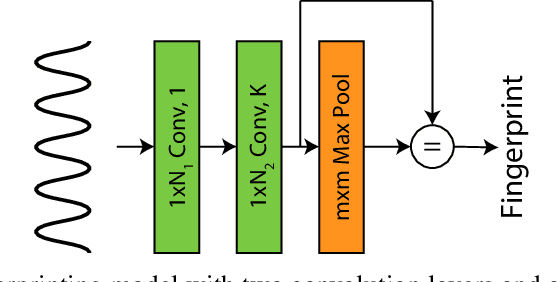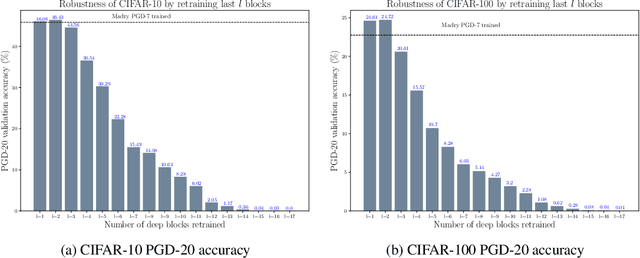Parsa Saadatpanah
Adversarial attacks on Copyright Detection Systems
Jun 20, 2019



Abstract:It is well-known that many machine learning models are susceptible to adversarial attacks, in which an attacker evades a classifier by making small perturbations to inputs. This paper discusses how industrial copyright detection tools, which serve a central role on the web, are susceptible to adversarial attacks. We discuss a range of copyright detection systems, and why they are particularly vulnerable to attacks. These vulnerabilities are especially apparent for neural network based systems. As a proof of concept, we describe a well-known music identification method, and implement this system in the form of a neural net. We then attack this system using simple gradient methods. Adversarial music created this way successfully fools industrial systems, including the AudioTag copyright detector and YouTube's Content ID system. Our goal is to raise awareness of the threats posed by adversarial examples in this space, and to highlight the importance of hardening copyright detection systems to attacks.
Adversarially robust transfer learning
May 20, 2019



Abstract:Transfer learning, in which a network is trained on one task and re-purposed on another, is often used to produce neural network classifiers when data is scarce or full-scale training is too costly. When the goal is to produce a model that is not only accurate but also adversarially robust, data scarcity and computational limitations become even more cumbersome. We consider robust transfer learning, in which we transfer not only performance but also robustness from a source model to a target domain. We start by observing that robust networks contain robust feature extractors. By training classifiers on top of these feature extractors, we produce new models that inherit the robustness of their parent networks. We then consider the case of fine-tuning a network by re-training end-to-end in the target domain. When using lifelong learning strategies, this process preserves the robustness of the source network while achieving high accuracy. By using such strategies, it is possible to produce accurate and robust models with little data, and without the cost of adversarial training.
 Add to Chrome
Add to Chrome Add to Firefox
Add to Firefox Add to Edge
Add to Edge